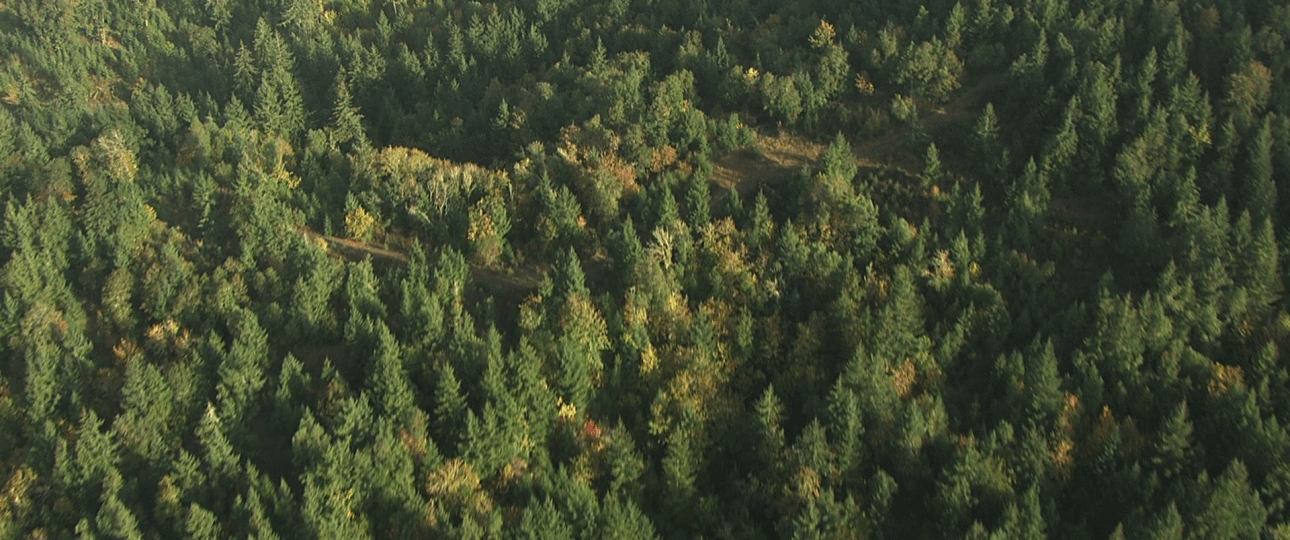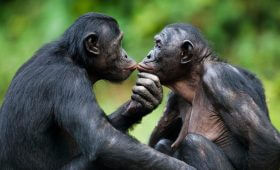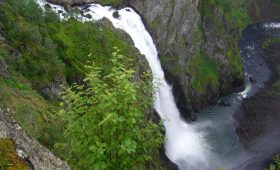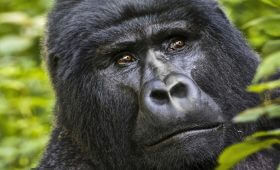Notable for its mangrove forest and the only marine park in the Democratic Republic of Congo. Mangroves National park is a protected area and Ramsar wetland providing shelter to the endangered Manatee population. Situated at the Congo river mouth within the territory of Moanda, close to the proximity to the Democratic Republic of Congo’s only true ocean town of Muanda where most visitors come from before visiting the park. The mangroves are different from the ones found in South Asia forming a different type of mangrove forest typical to the Democratic Republic of Congo.
The park was established in 1992, with an area span of 768 square kilometers. Therefore, it is the smallest national park in the country with massive mangroves spread all over the place. The park is divided into three regions which include: the riverside land area, coastal strip and the numerous numbers of mangroves island. All these are fully protected compared to the others that remain partially protected. The mainland consists of vegetation made up of lush forests and plant life, mostly covered with leafy plants, vines, and dense growth of African hoak, red cedar and walnut trees. Tall grasses can be found along the coastal line as well as coconut palms scattered all over.
What to see in Mangroves National park
The fauna of Mangroves National Park is also what makes it such a unique natural wonder to this specific area. With an abundant marine life consisting of hippos, crocodile, snake and also an area where protected and endangered manatee population reside here. On the mainland of the National park, poaching has become a serious issue but still smaller populations of monkeys, Southern reedbuck and bushbuck still exist despite the dangerous threats upon them.
WWF has increasingly done well in providing better understanding and awareness of the protected area of Mangroves National Park that they believe is essential to the building up of strong ecotourism system whose potential of the ecotourism within the land has led to its recent recognition by the country.
Several tours and guides are available for taking guests and visitors to the lands of the National park as well as Congo River boat tours where you can get an ultimate personal experience with some of the marine life such as the endangered manatees.
When to visit
The wet season is a popular time to visit because the plants seem to bring on a whole new meaning of lush tropical forestry. It’s important that whenever you choose to visit this site, you always dress appropriately for hot and humid weather (possibly rain) and be prepared for the mosquitoes present by bringing along strong mosquito repellents. Many different organizations are currently working on keeping this area of the Democratic Republic of Congo protected, free from poachers and dangers that may cause harm to the life found within its lands. The rare privilege of being able to see even parts of this enormous national park is a lifetime experience that cannot never be forgotten.
You will be able to see a wide range of diverse plant and animal life to enjoy the real feel of Democratic Republic of Congo. With further Eco-awareness to this specific region, it leaves you with no doubt that Mangroves National Park will continue to be a must-see when visiting.
Visiting this natural wonder of the world allows you to see a wide range of diverse plant and animal life and get a real feel for what makes up the Democratic Republic of Congo. With further eco awareness to this specific region, there is no doubt that Mangroves National Park is a must see and is worth visiting.
Getting there
One can easily access the park by either air or road to moanda, then to the park.
The best time
The park is visited at any time throughout the year, but the Wet season is highly rewarding as the wild plants come to life to give nature its full meaning as the dry season provides proper glimpse of the wildlife sunbathing at the ocean side.
What to do.
Boat cruise
Wildlife viewing
Fishing
Bird watching




